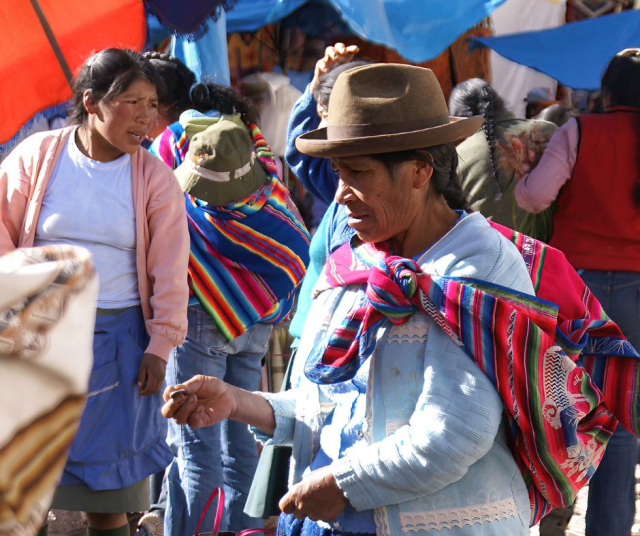Peru, a country located in the western region of South America, is a melting pot of ancient cultures that have stood the test of time and have left a deep mark on national identity. Among the many facets of this cultural wealth are the various indigenous ethnic groups that inhabit its territory, each with their own traditions, languages, worldviews and ways of life.
The Ethnic Diversity of Peru
Peru is home to a wide variety of ethnic groups, each with their own history and cultural legacy. Over the centuries, these communities have maintained their traditions and ways of life, adapting to historical changes and preserving their unique identity. Among the most prominent indigenous ethnic groups are the Quechuas, Aymaras, Shipibos, Asháninkas, Awajún, Wampis, among others. Each of these ethnic groups has a fascinating history and significant contributions to the cultural wealth of Peru.
The Quechuas: Heirs of the Inca Empire
The Quechuas are one of the largest indigenous groups in Peru and are mainly concentrated in the Andean regions of the country. They are the direct heirs of the powerful Inca Empire, which reached its peak in the 15th and 16th centuries. Despite the Spanish conquest and colonization, the Quechua have managed to preserve much of their culture and traditions, including their language, Quechua, which is spoken by millions of people throughout the Andean region.
The Aymaras: Guardians of Lake Titicaca
The Aymaras are another important ethnic group in Peru, with a significant presence in the highland region, especially around Lake Titicaca. Their culture is closely linked to this sacred body of water, which they consider the place of origin of their civilization. The Aymara are known for their rich textile tradition, colorful festivals, and deep knowledge of highland agriculture.
The Shipibos: Masters of Textile Art and Traditional Medicine
The Shipibos are an indigenous ethnic group that lives in the Amazon jungle of eastern Peru. They are famous for their extraordinary textile art, which is characterized by intricate geometric designs and vibrant colors. Additionally, the Shipibo have developed a deep knowledge of the medicinal plants of the jungle, which they use in their traditional medicine to treat a variety of diseases.
The Ashaninkas: Defenders of the Jungle and Tradition
The Asháninkas are another indigenous ethnic group that resides in the Amazon jungle of Peru, especially in the Ucayali region. They have been guardians of the jungle for centuries, defending their territory against exploitation and deforestation. Their culture is intrinsically linked to nature, and they have a deep respect for the natural world around them.
The Awajún and Wampis: Warriors and Guardians of the Jungle
The Awajún and Wampis are two ethnic groups that live in the Amazon region of Peru, near the border with Ecuador. They are known for their bravery and skills as warriors, as well as their deep knowledge of the jungle and its biodiversity. Both groups have fought to protect their ancestral territories from oil and mining exploitation, defending not only their own rights, but also the integrity of the Amazon rainforest.
Challenges and Opportunities for Peruvian Indigenous Ethnic Groups
Despite their rich history and culture, Peruvian indigenous ethnic groups face a series of challenges today. Discrimination, loss of ancestral lands, lack of access to basic services such as education and health, and the pressure of modernization are just some of the problems these communities face. However, there are also opportunities to strengthen and preserve your cultural identity, as well as to promote respect for your rights and contributions to Peruvian society.
Preserving the Cultural Diversity of Peru
Preserving Peru's cultural diversity, including its indigenous ethnicities, is fundamental to the country's future. This involves recognizing and valuing the richness of the traditions and knowledge of these communities, as well as guaranteeing their active participation in making decisions that affect their lives and territories. Furthermore, it is important to promote intercultural education and respect for diversity as fundamental pillars of an inclusive and democratic society.
Their rich history, ancestral traditions and deep knowledge of nature make them key actors in building a more just, inclusive and sustainable country. Celebrating and protecting Peru's ethnic diversity is essential for the enrichment of society as a whole and to ensure a vibrant and promising future for generations to come.
